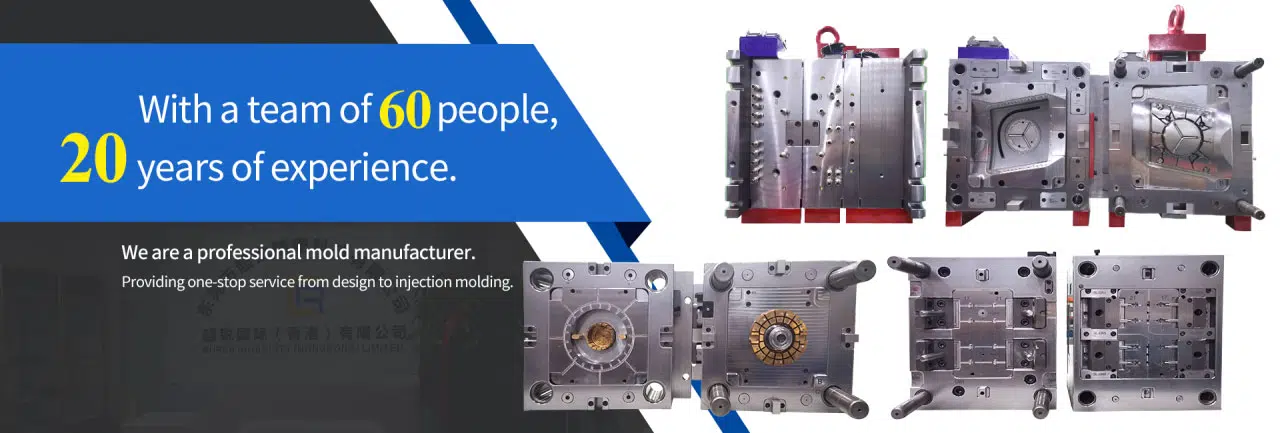
# Injection Molding: Process, Applications, and Advancements
## Introduction to Injection Molding
Injection molding is a manufacturing process widely used for producing plastic parts in large volumes. This technique involves injecting molten material into a mold where it cools and solidifies into the desired shape. The process is highly efficient, allowing for the production of complex geometries with excellent repeatability.
## The Injection Molding Process
1. Clamping
The mold consists of two halves that are securely clamped together by the injection molding machine. The clamping force must be sufficient to withstand the pressure of the injected material.
2. Injection
Plastic pellets are fed into a heated barrel where they melt. The molten plastic is then injected into the mold cavity through a nozzle and runner system under high pressure.
3. Cooling
After injection, the plastic begins to cool and solidify within the mold. Cooling time depends on the material properties and part thickness.
4. Ejection
Once sufficiently cooled, the mold opens and ejector pins push the finished part out of the mold. The mold then closes again for the next cycle.
## Materials Used in Injection Molding
Common materials include:
- Thermoplastics (ABS, Polypropylene, Polycarbonate)
- Thermosetting plastics
- Elastomers
- Metal powders (for metal injection molding)
## Applications of Injection Molding
Keyword: Injection Molding
Consumer Products
From bottle caps to toys, injection molding produces countless everyday items with precision and efficiency.
Automotive Components
The automotive industry relies heavily on injection molding for interior trim, dashboards, and various under-the-hood components.
Medical Devices
Sterile, high-precision medical components like syringes and surgical instruments are often manufactured through injection molding.
Electronics
Plastic housings for electronic devices, connectors, and various components are efficiently produced using this method.
## Recent Advancements in Injection Molding
Industry 4.0 Integration
Smart factories are incorporating IoT sensors and real-time monitoring to optimize the injection molding process.
3D Printed Molds
Additive manufacturing is being used to create prototype molds quickly and cost-effectively.
Bio-based Materials
Development of sustainable, biodegradable plastics is expanding the environmental applications of injection molding.
Micro Injection Molding
This specialized technique allows for the production of extremely small, high-precision components used in medical and electronic applications.
## Advantages of Injection Molding
- High production rates
- Excellent repeatability and precision
- Low labor costs
- Ability to use multiple materials
- Minimal post-production finishing required
## Challenges and Considerations
While injection molding offers numerous benefits, it also presents some challenges:
- High initial tooling costs
- Design limitations for certain geometries
- Material selection constraints
- Long lead times for mold production
## Future Outlook
The injection molding industry continues to evolve with technological advancements. Emerging trends include:
- Increased automation and robotics integration
<li